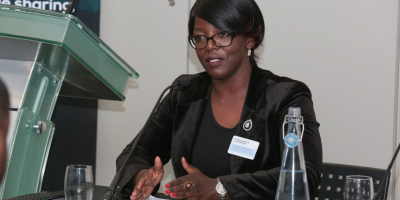
South Africa’s state-owned airports operator plans to raise about half of the 21.7 billion rand ($1.2 billion) it intends to spend on infrastructure upgrades over the next year.
- Airports Company South Africa plans to secure funding for infrastructure upgrades valued at 21.7 billion rand.
- Half of the funding will be sourced via long-term debt instruments and loans, leveraging a stronger financial position.
- The company reported a doubling of net income to 1.1 billion rand and holds significant cash reserves of 5.9 billion rand.
- The infrastructure plan aims to modernise airports and address operational inefficiencies, with completion slated for 2032.
South Africa’s state-owned airports operator plans to raise about half of the 21.7 billion rand ($1.2 billion) it intends to spend on infrastructure upgrades over the next year, Chief Financial Officer Luzuko Mbotya said.
Airports Company South Africa SOC Ltd. will tap long-term debt instruments and loans with favourable terms, supported by its stronger balance sheet and growing interest from banks and global financiers, Bloomberg reported.
Acsa’s net income more than doubled to 1.1 billion rand in the year through March 2025.
The operator, which holds cash reserves of 5.9 billion rand, will finance the remainder of its 21.7 billion rand program internally.
DON’T MISS THIS: Africa’s leading diamond producer declares public health emergency amid economic strain
A decade-long modernisation drive
The plan, which runs through 2032, aims to modernise South Africa’s airport network and address years of underinvestment that have led to operational inefficiencies.
Among its flagship projects, Acsa has begun preparatory work on a 5.7 billion rand cargo terminal at Johannesburg’s OR Tambo International Airport, scheduled for completion in 2028-29.
Other investments include an extension of Cape Town International Airport’s domestic departure lounge, runway improvements, and upgrades to domestic gates and arrivals facilities.
For the current fiscal year, Acsa has allocated 2.3 billion rand to refurbishment and rehabilitation projects, more than triple last year’s 727 million rand.












